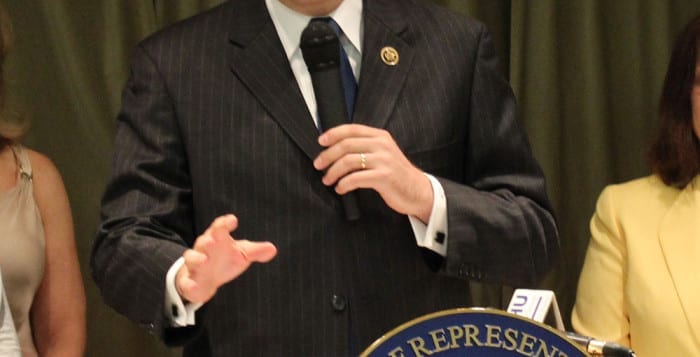At the risk of sounding like a cliché, the future is, in fact, now. And it’s up to our North Shore towns to embrace that fact.
Huntington Town unveiled a new initiative this week that makes it easier for residents to learn about and sign up for its programs with the click of a mouse, or the touch of a tablet.
The spring brochure from the town’s parks and recreation department was released online as an interactive document, which allows residents to watch a video about a summer athletic program, directly ask the program head any questions they may have and then sign up to participate, all with a few clicks.
This brochure is available on a desktop, tablet or mobile phone, and is not only keeping residents informed more easily, but also making the town money with new space for local advertisers.
Once we heard about this project, it seemed almost hard to believe that this technology wasn’t being utilized across the North Shore in other towns like Brookhaven or Smithtown.
This move cuts costs, adds revenue and reduces the town’s environmental footprint by stopping mass production and printing of the paper brochures, Huntington officials said. This is a win-win for any town, and one that other towns should start mimicking as soon as possible. A town’s first duty is to serve the people as efficiently as possible. Municipalities should constantly be looking to update their systems and make their communication efforts as progressive as possible.
We think North Shore towns should look to Huntington in this regard. There is still great room for improvement and the ideas are as close as a neighborhood away. To view the interactive pdf visit www.tohparks.com





